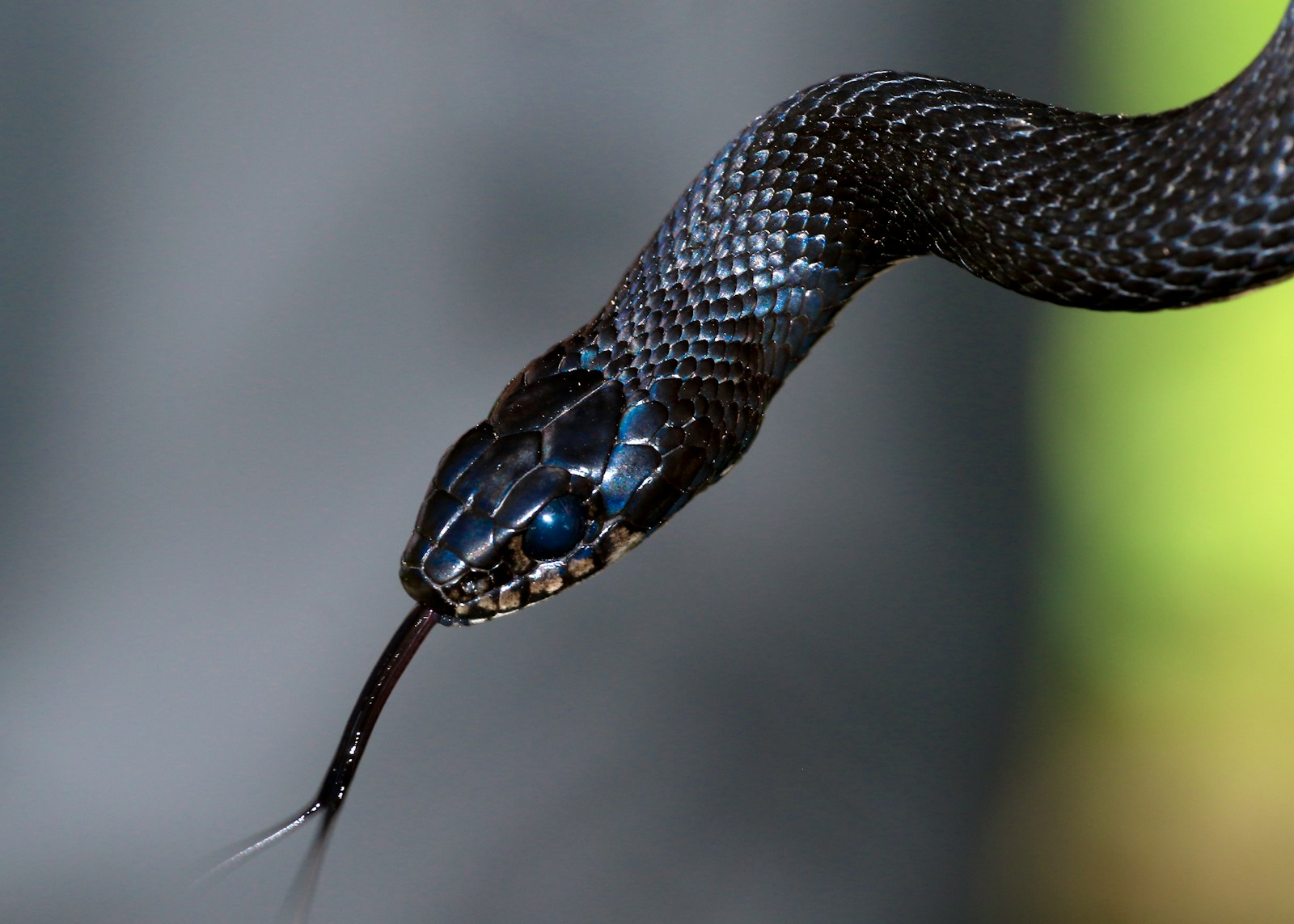Slithering through brush, hiding beneath logs, or coiled in dense foliage, venomous snakes inhabit many regions across our planet. While most of us rarely encounter these reptiles, in certain parts of the world, snake encounters and bites represent a persistent daily threat to local populations. Each year, approximately 5.4 million snake bites occur globally, resulting in 1.8-2.7 million cases of envenoming and 81,000-138,000 deaths. Behind these statistics are communities that have adapted their daily lives around the omnipresent danger of venomous snakes. This article explores seven global hotspots where snake bites are not just occasional accidents but regular occurrences that shape healthcare priorities, cultural practices, and everyday behaviors.
Rural India – The Global Epicenter of Snake Bite Mortality
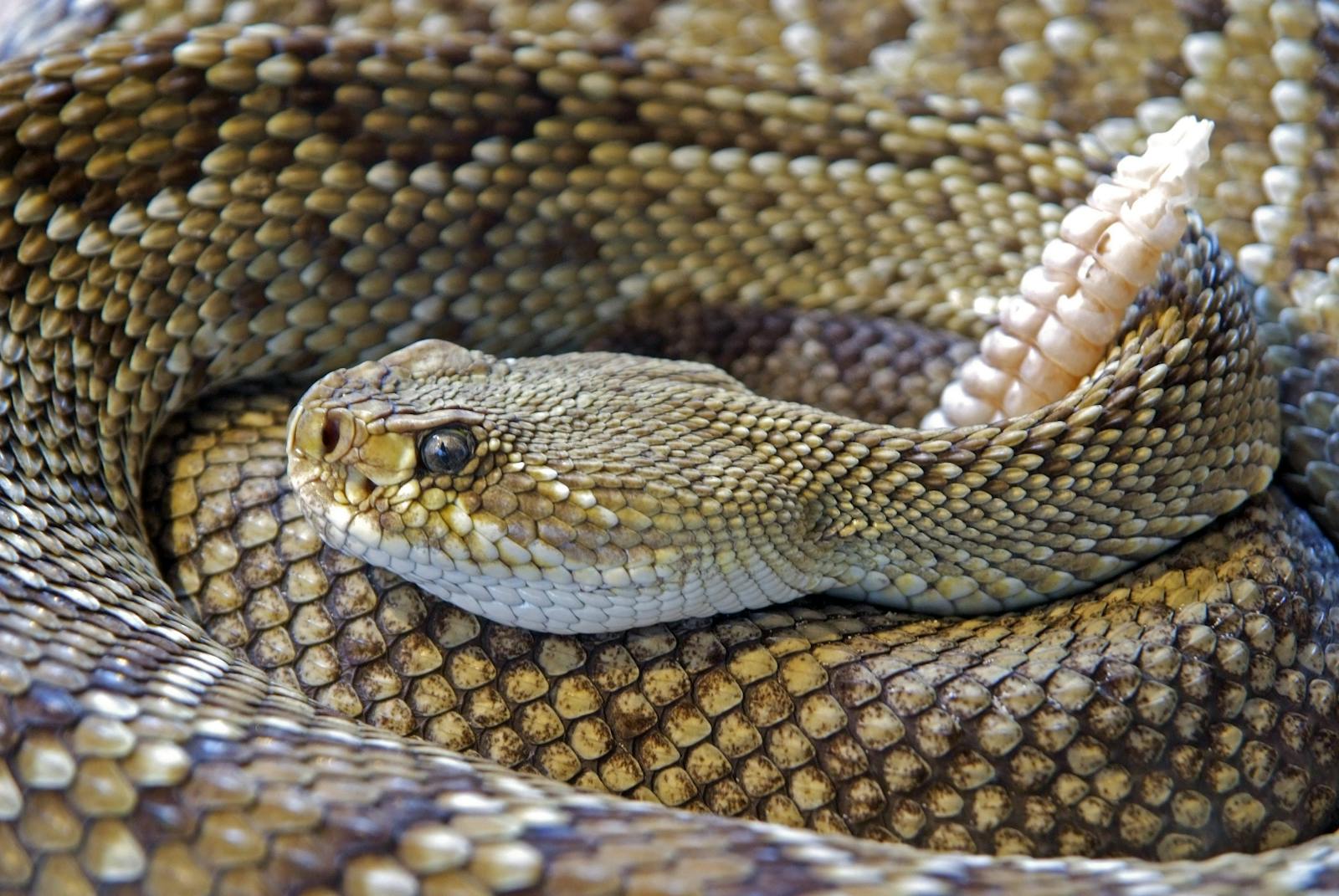
India bears the unfortunate distinction of recording more snake bite fatalities than any other country in the world, with an estimated 58,000 deaths annually. The “Big Four” venomous snakes responsible for most fatalities include the Indian cobra, common krait, Russell’s viper, and saw-scaled viper, all widespread throughout the country’s rural areas. Agricultural workers face particularly high risk, often encountering snakes while working barefoot in rice paddies and fields, with many bites occurring during nighttime hours when kraits enter homes seeking prey. The situation is compounded by limited healthcare access in remote areas, where traditional healers are frequently consulted before medical professionals, delaying crucial antivenom treatment that could save lives.
Sub-Saharan Africa – Where Medical Resources Rarely Match Snake Bite Prevalence
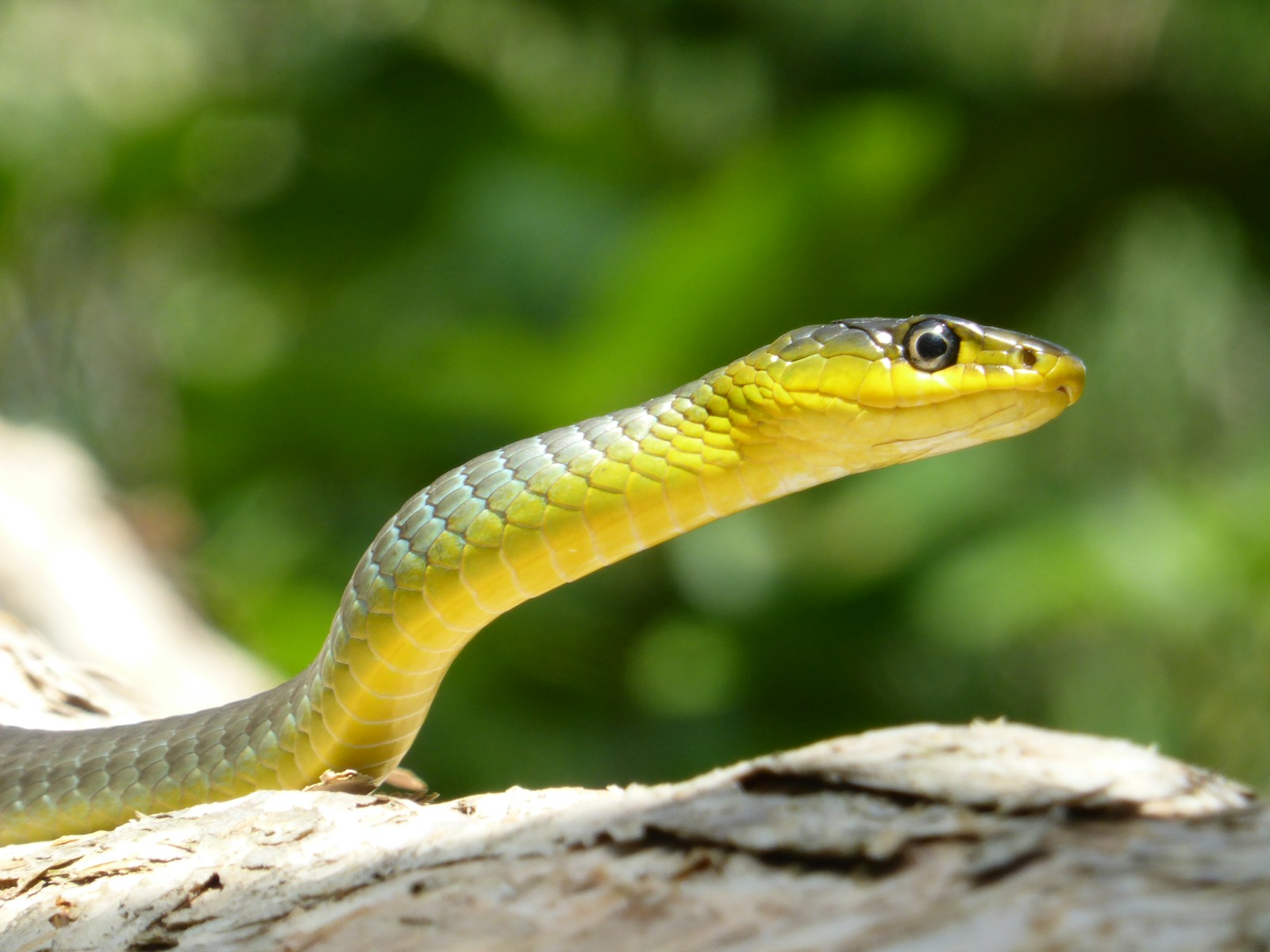
Across sub-Saharan Africa, venomous snake encounters represent a significant daily hazard, with an estimated 20,000 deaths occurring annually according to World Health Organization data. Countries like Nigeria, Ghana, Senegal, and Kenya face particularly high burdens from species like the black mamba, puff adder, and various cobras that thrive in both rural and peri-urban environments. The shortage of appropriate antivenoms creates a devastating reality where effective treatments are either unavailable or unaffordable for most victims. Rural communities often live hours away from medical facilities capable of treating envenomation, and when combined with transportation challenges during rainy seasons, a survivable bite can quickly become fatal. Cultural beliefs about snake bites sometimes lead communities to seek traditional remedies first, further delaying life-saving medical intervention.
Amazon Basin – Navigating Rainforest Dangers
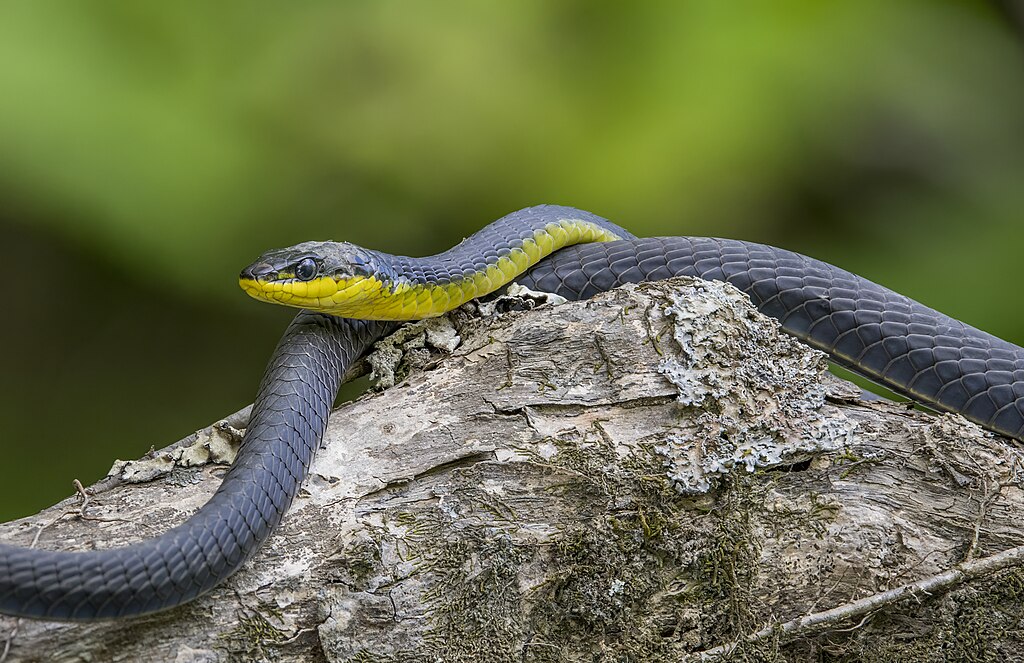
The Amazon rainforest, stretching across Brazil, Peru, Colombia, Venezuela, Ecuador, Bolivia, and parts of other South American countries, hosts some of the world’s most venomous snake species in extraordinarily high densities. Indigenous communities and riverside dwellers contend daily with fer-de-lance (terciopelo), bushmaster, and numerous coral snake species that inhabit the forest floor and understory. River navigation presents particular dangers, as boats often dock where venomous snakes may be resting among vegetation, and nighttime encounters during fishing or hunting activities are common. Remote location of many Amazonian communities means antivenom may be days away by boat, requiring traditional knowledge of supportive care methods to keep victims alive during transport. Climate change and deforestation have further complicated matters, driving snakes into more frequent contact with human settlements as their habitats shrink.
Central Myanmar – The Land of Russell’s Vipers
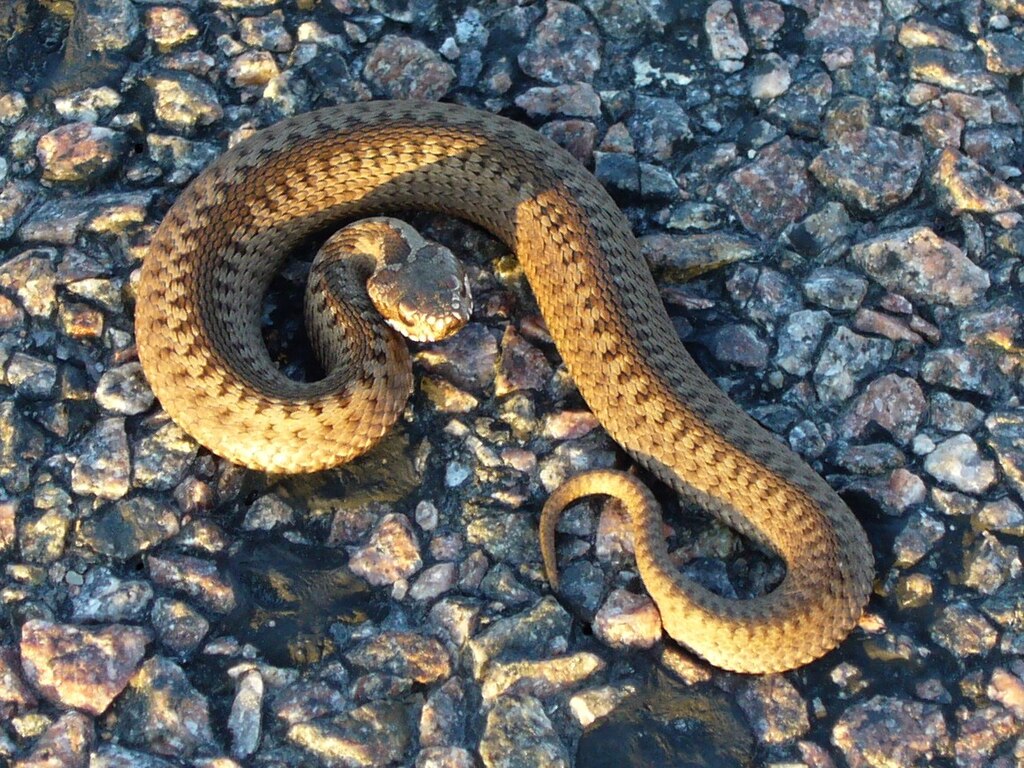
The central dry zone of Myanmar represents one of the world’s most concentrated areas of Russell’s viper encounters, a highly venomous species responsible for thousands of bites annually. Agricultural workers harvesting rice crops face especially high risk, with most bites occurring on the hands, feet, and lower legs during field work or when walking along paths at dawn and dusk. The venom of Myanmar’s Russell’s vipers is known to cause particularly severe coagulopathy and kidney failure, creating long-term health implications even for survivors. Government efforts to address the crisis include maintaining dedicated snake bite treatment centers in high-risk regions, though rural areas still struggle with antivenom distribution and timely treatment. Many families in affected regions report having at least one member who has experienced a venomous snake bite, demonstrating how deeply this threat is woven into the fabric of local life.
Papua New Guinea – Island Nation of Taipan Danger

Papua New Guinea presents a unique snake bite crisis centered around some of the world’s most toxic terrestrial snakes, including the Papuan taipan, whose venom can kill within hours if left untreated. Remote tribal villages across the nation’s diverse landscapes face regular encounters with these deadly reptiles, particularly during agricultural activities in grasslands and along forest edges. The country’s challenging geography, with mountainous terrain and scattered island communities, creates immense logistical barriers to antivenom distribution and emergency medical response. Cultural perspectives sometimes interpret snake bites as spiritual attacks or sorcery rather than medical emergencies, influencing how communities respond to envenomation events. Despite these challenges, several programs have worked to improve outcomes by training local healthcare workers in snake bite management and establishing cold-chain storage for antivenom in strategic locations.
Northeastern Brazil – Battling Lancehead Territory
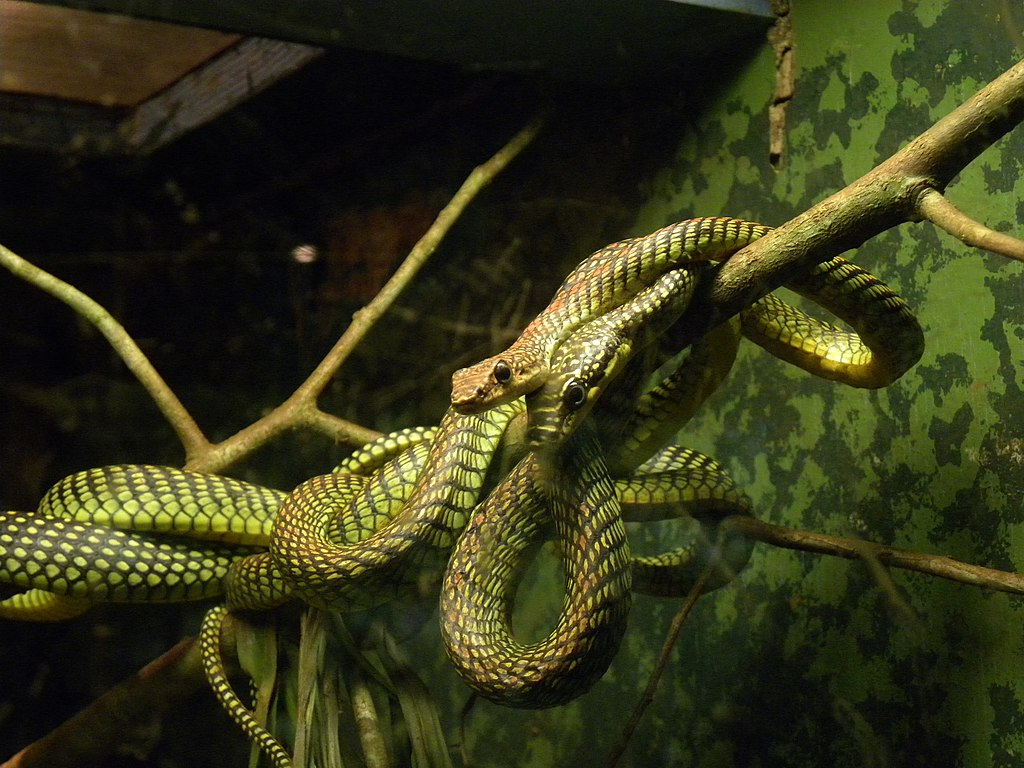
The northeastern region of Brazil, particularly in states like Bahia, Pernambuco, and Ceará, experiences extraordinarily high incidence of snake bites from lancehead vipers (jararaca) and rattlesnakes that thrive in the diverse biomes ranging from coastal areas to the arid Caatinga. Agricultural workers harvesting sugarcane and other crops regularly disturb these well-camouflaged snakes, leading to defensive strikes that deliver hemotoxic venom causing tissue destruction and bleeding disorders. The Brazilian healthcare system has developed specialized snake bite treatment centers in regional hospitals, though reaching these facilities from remote areas remains challenging for many rural communities. Interestingly, this region has contributed significantly to global snake bite medicine, as research on jararaca venom led to the development of important ACE inhibitor medications now used worldwide for hypertension treatment. Local communities have developed detailed ecological knowledge about snake behavior, creating cultural adaptations like specific footwear, protective clothing, and working methods that reduce bite risk.
Sri Lanka – Island With Record-Breaking Bite Density
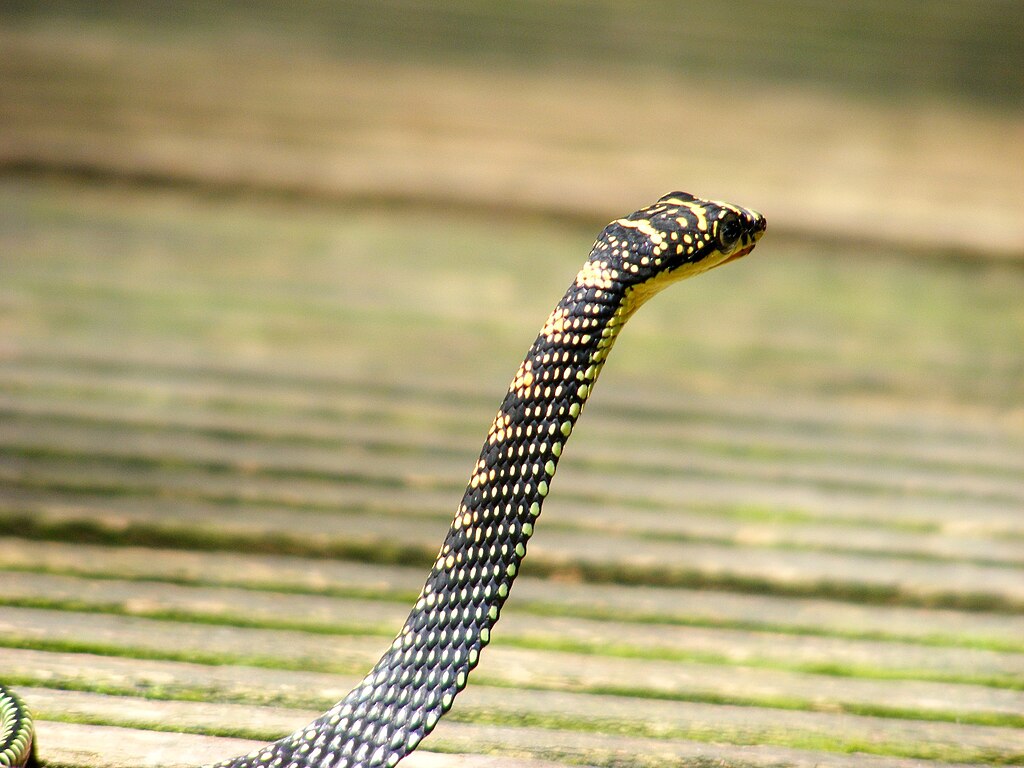
Sri Lanka reports one of the world’s highest densities of venomous snake bites, with approximately 80,000 bites annually in a relatively small geographical area, creating “snakebite hotspots” where risk is extraordinarily concentrated. Russell’s vipers and kraits cause the majority of severe envenomations, with many bites occurring around homes and agricultural areas, particularly during evening and nighttime hours. The island nation has developed a relatively robust snake bite treatment infrastructure compared to other affected regions, including widespread antivenom availability at provincial hospitals and specialized training for healthcare workers. Innovative community education programs utilize mobile technology to help victims identify venomous species and access appropriate care quickly, demonstrating how local solutions can address this persistent threat. Climate change appears to be altering snake distributions and behaviors across the island, with some communities reporting increases in encounters as changing weather patterns affect both human and snake activities.
The Socioeconomic Impact of Snake Bites in Vulnerable Communities

Beyond immediate medical emergencies, snake bites inflict devastating socioeconomic burdens on already vulnerable populations across these seven regions. Victims often face catastrophic healthcare costs, sometimes forcing families to sell land, livestock, or take high-interest loans to pay for treatment and transportation to medical facilities. Long-term disabilities from untreated or poorly managed envenomation can permanently reduce earning capacity, with tissue necrosis sometimes leading to amputations or limited limb function that prevents return to previous occupations. Psychological impacts often go unaddressed, with survivors reporting persistent anxiety, specific phobias, and post-traumatic stress symptoms that affect quality of life long after physical recovery. These cascading effects illustrate why snake bites are increasingly recognized as a neglected tropical disease that perpetuates cycles of poverty in affected communities rather than simply random wildlife encounters.
Prevention Strategies in High-Risk Areas
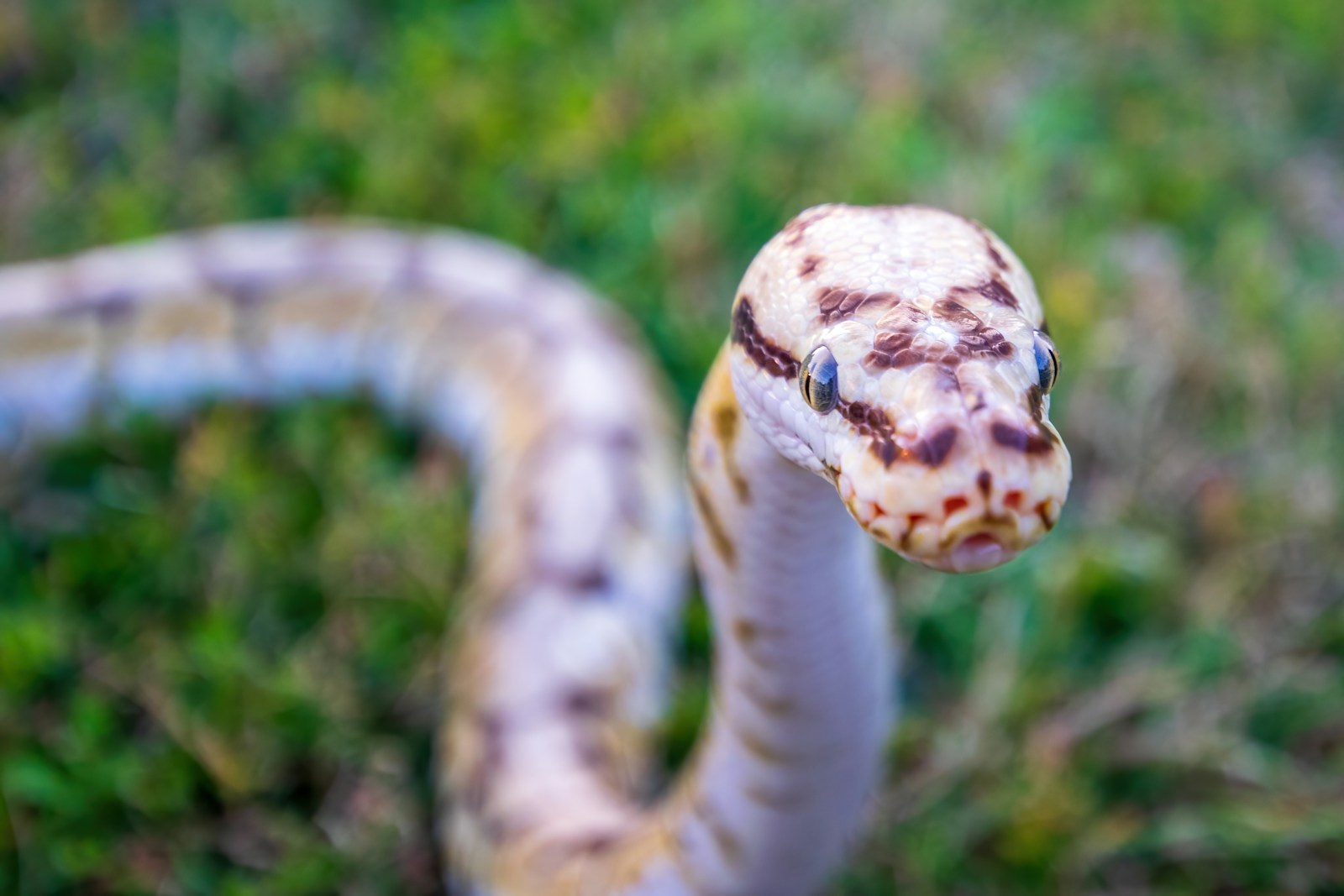
Communities in snake bite hotspots have developed diverse protective strategies adapted to local environments and available resources. Protective footwear represents the single most effective preventive measure, with rubber boots reducing exposure to ground-dwelling species, though economic barriers and comfort issues in hot climates limit consistent use. Behavioral modifications include shaking out bedding and clothing before use, using flashlights during nighttime activities, sealing gaps in home foundations, and keeping areas around dwellings clear of debris where snakes might hide. Educational programs have shown success when they incorporate local knowledge and cultural perspectives rather than imposing external frameworks that may conflict with established beliefs. Some regions have implemented community-based snake handling teams who can safely remove venomous snakes from homes and public areas, reducing both human-snake conflict and snake mortality.
The Antivenom Crisis Affecting High-Risk Regions
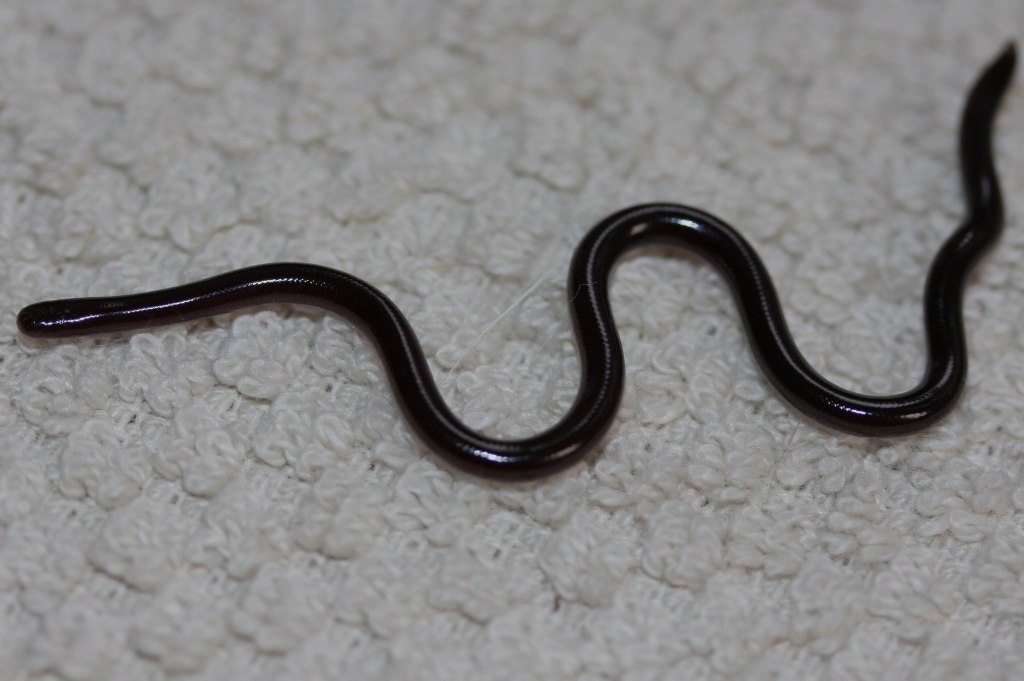
All seven regions highlighted face varying degrees of antivenom accessibility challenges, creating what experts have termed the “antivenom crisis.” Manufacturing difficulties, including the complex process of producing animal-derived antibodies and ensuring consistent quality control, contribute to global shortages and high costs that place treatment beyond reach for many victims. Market failures have exacerbated the situation, with some pharmaceutical companies discontinuing antivenom production due to limited profitability, particularly for species affecting poorer regions with limited purchasing power. Distribution challenges further complicate matters, as antivenom requires refrigeration and has limited shelf-life, making stockpiling in remote areas logistically difficult and expensive. Recent initiatives, including the WHO’s roadmap for snake bite envenoming and several international partnerships, aim to address these systemic issues by developing more affordable, thermostable, and regionally appropriate antivenom products.
Traditional Medicine: Helpful or Harmful?
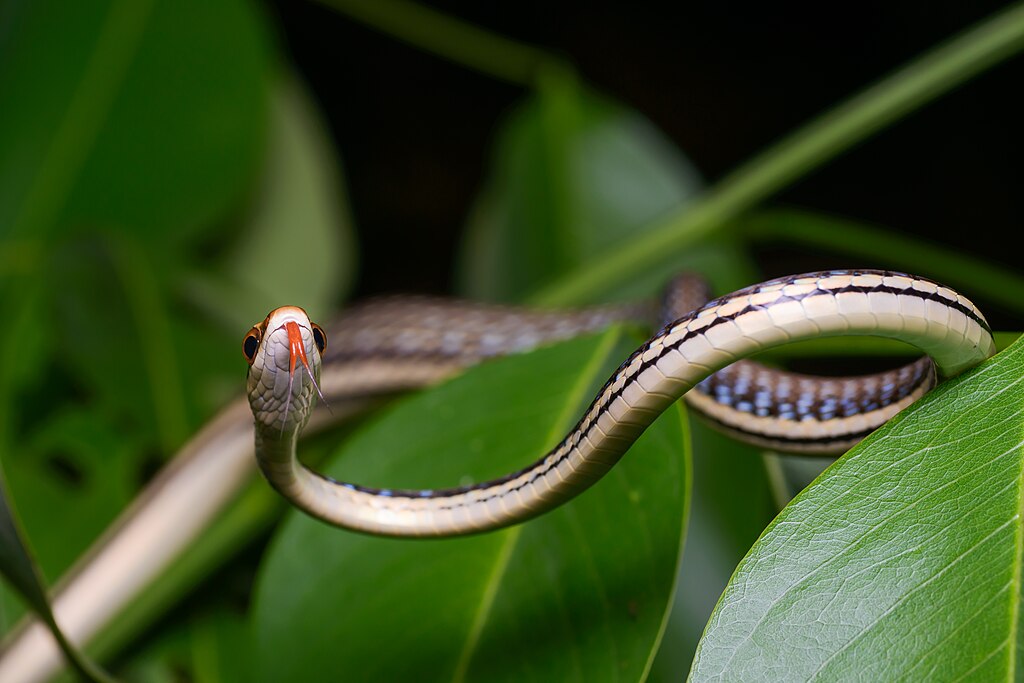
Across these snake bite hotspots, traditional medicine practices exist alongside modern medical interventions, creating complex landscapes of care-seeking behaviors. Some traditional treatments, like tight tourniquets, cutting bite sites, or applying substances that increase infection risk, can significantly worsen outcomes and delay effective medical treatment. However, certain traditional knowledge contains valuable elements, including plant-based approaches with anti-inflammatory properties that may offer supportive care benefits when used appropriately. Health programs achieving the greatest success tend to acknowledge the cultural importance of traditional practices while offering education about harmful techniques and creating bridges between traditional healers and medical facilities. Ethnopharmacological research continues to investigate traditional remedies used in these regions, with some showing potential for development into complementary treatments that might address symptoms not fully resolved by antivenom alone.
Global Initiatives Making Progress Against Snake Bite Mortality
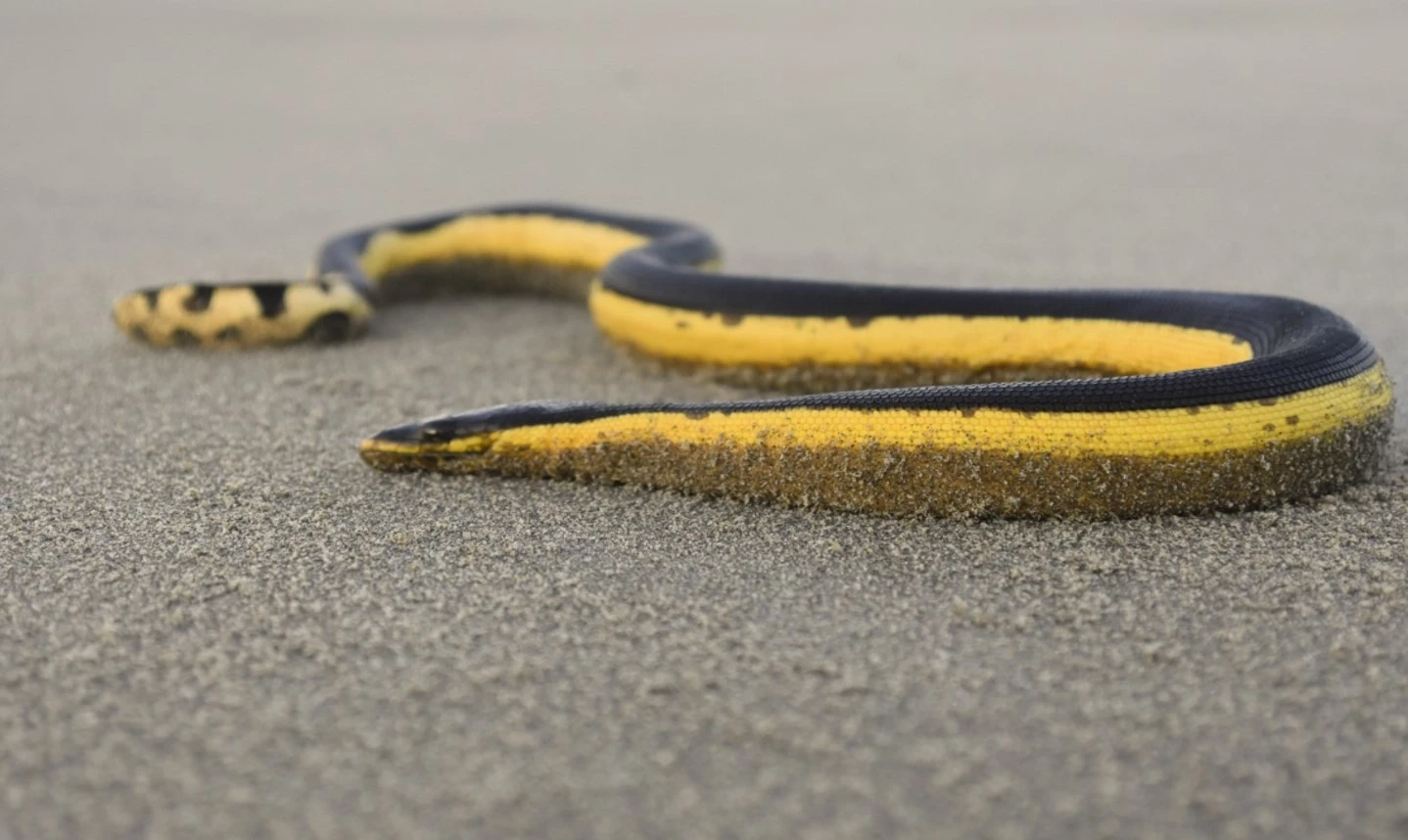
Despite the persistent challenges, several promising initiatives are working to reduce the global burden of snake bites across these high-risk regions. The World Health Organization’s designation of snake bite envenoming as a Category A Neglected Tropical Disease in 2017 represented a pivotal moment, driving increased international attention and resource allocation to previously overlooked communities. Innovative research directions include the development of recombinant antivenoms that could be produced without animal immunization, potentially reducing costs and increasing accessibility in remote areas. Community-based rapid response systems utilizing motorcycles and trained local responders have demonstrated success in parts of Africa and Asia, dramatically reducing time to treatment in pilot programs. Public-private partnerships between pharmaceutical companies, research institutions, and non-governmental organizations are working to overcome market failures that have historically limited antivenom availability in the regions that need it most.
Climate Change and Shifting Snake Territories
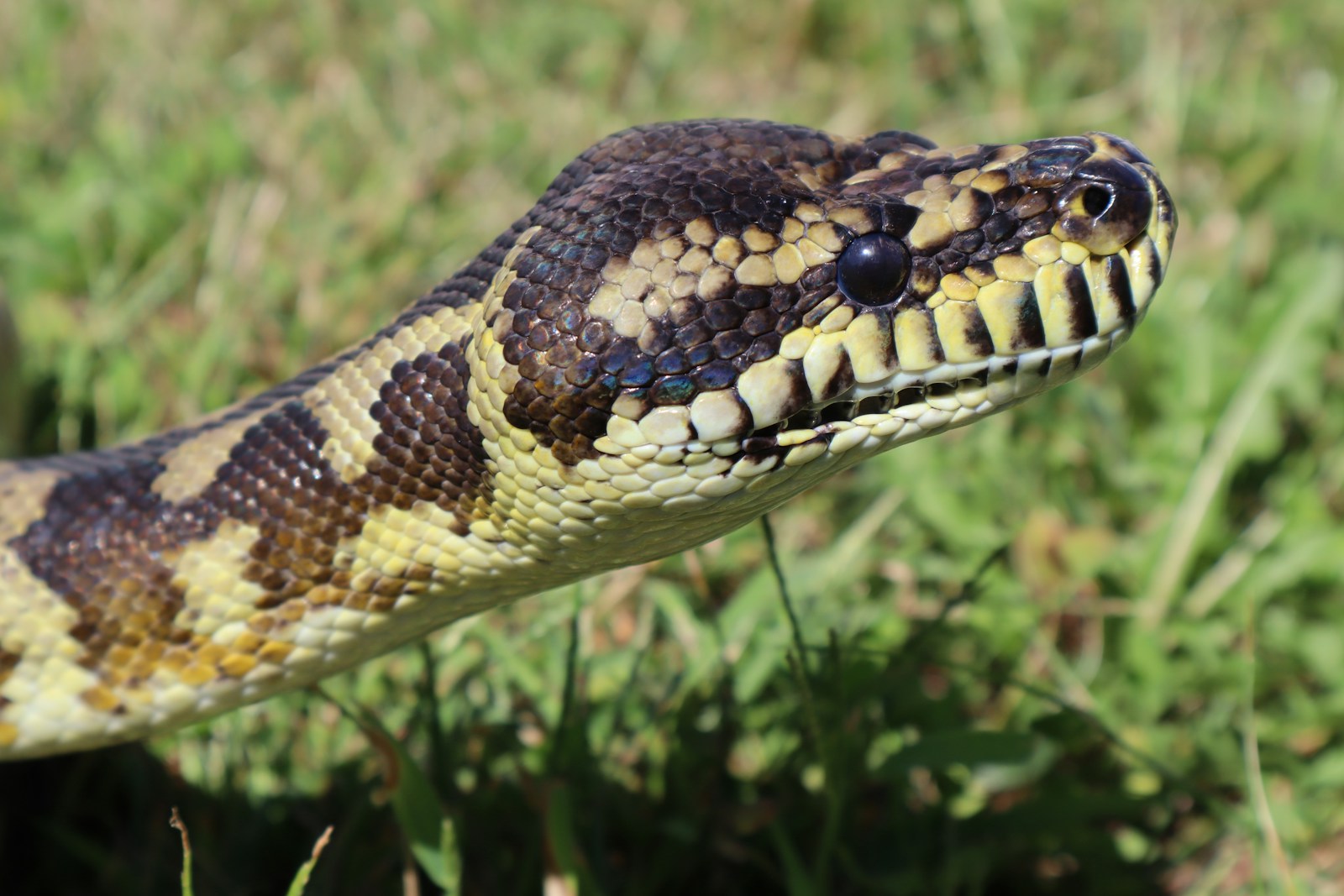
Climate change introduces new variables into the complex relationship between humans and venomous snakes across these seven regions. Rising temperatures and altered precipitation patterns are shifting snake habitats and activity periods, sometimes bringing species into new areas where communities lack historical knowledge about avoiding encounters. More frequent and intense flooding events, particularly in South Asia and parts of Africa, can drive snakes into human settlements seeking higher ground, resulting in bite clusters during extreme weather events. Agricultural adaptations to changing climate conditions sometimes introduce new crops or farming practices that alter snake-human interaction patterns in ways that increase bite risk. Understanding these emerging dynamics represents a critical research priority, as communities that have developed snake-avoidance strategies based on generations of ecological knowledge now face rapidly changing circumstances that may render traditional precautions less effective.
The Path Forward: Integrating Science, Healthcare, and Community Knowledge
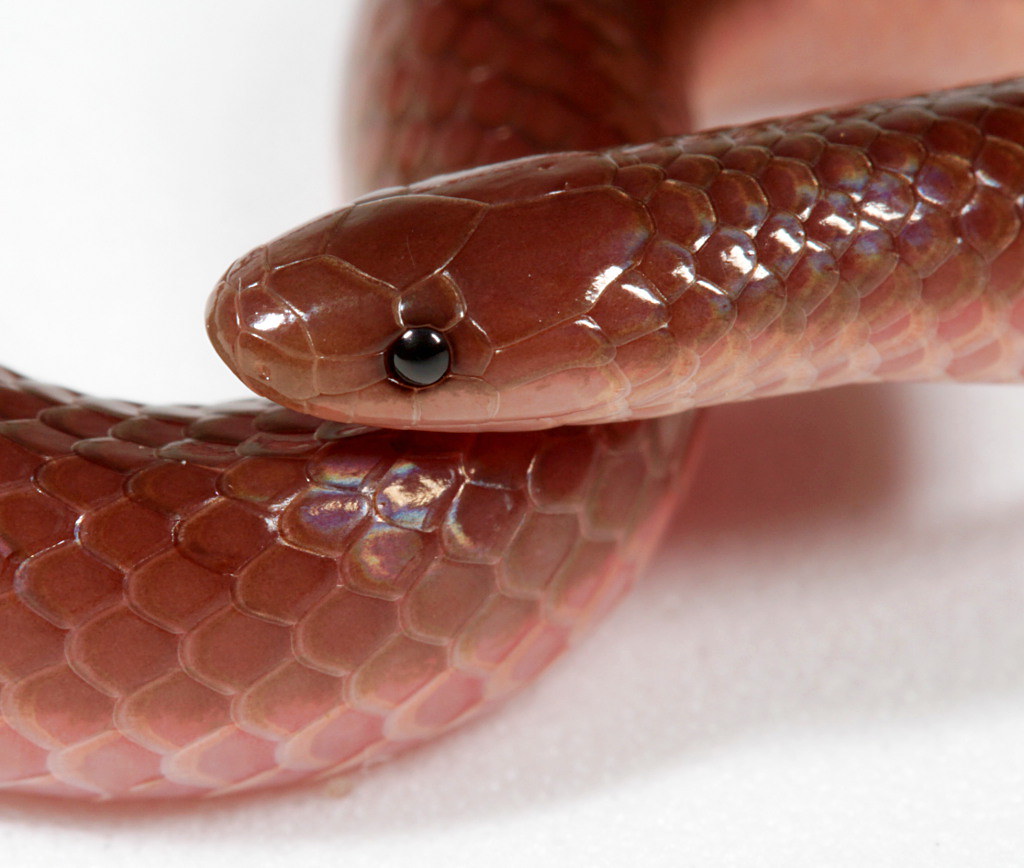
Addressing the persistent threat of snake bites in these seven global hotspots requires coordinated approaches that recognize the complex interplay between ecological, medical, and social factors. Improving data collection systems represents an essential first step, as many regions still lack accurate bite incidence and outcome tracking, making resource allocation and intervention assessment difficult. Community-based education programs showing the greatest success are those developed with rather than for local populations, incorporating indigenous knowledge alongside scientific information about snake identification and first aid. Healthcare system strengthening must include not only antivenom distribution but also training in envenomation management, particularly for rural providers who may encounter numerous cases without specialist support. The most promising path forward integrates technological innovations with traditional knowledge and improved healthcare access, creating layered protection systems that reflect the reality that snake encounters will remain an inevitable aspect of daily life in these regions for generations to come.
In conclusion, the seven regions highlighted in this article demonstrate how snake bites represent not just occasional wildlife encounters but persistent public health emergencies that shape daily life for millions worldwide. From India’s agricultural communities to Brazil’s sugarcane workers, Papua New Guinea’s isolated villages to Myanmar’s dry zone farmers, the threat of envenomation influences where people live, how they work, and how they raise their children. While progress has been made through improved antivenoms, educational initiatives, and international attention, much work remains to address this neglected threat. By understanding the unique challenges facing each region and building interventions that respect local knowledge while incorporating modern medical advances, we can reduce the devastating toll that venomous snakes continue to exact on some of the world’s most vulnerable communities.

